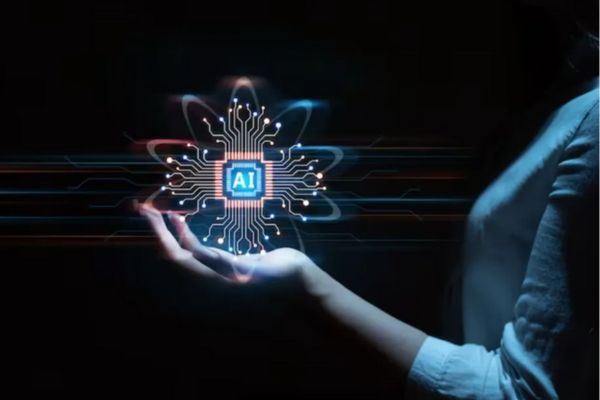Generative AI (GenAI) represents a subset of Artificial Intelligence technologies focused on generating new content, data, or solutions based on the training it has received. It heralds a new era of creative potential. Unlike conventional AI, which primarily analyzes and interprets data, GenAI creates new, original outputs that can include text, images, code, and more – unlocking what was once solely in the domain of human imagination.
Basic Working of GenAI:
Generative AI (GenAI) systems operate by predicting sequences of text, images, or code based on two essential inputs: prompts, which provide initial instructions, and context data that further guides generation. To understand these technical terms, let’s delve into their definitions:
A prompt serves as the text input given to the model for generating a response. It can take various forms, such as a question, statement, or command, depending on the task. For instance, if the goal is to compose a poem about love, the prompt could be “Write a poem about love.”
A token, the smallest AI output unit, is used to process prompts and responses. It represents about 4 characters or 3/4 of a word, varying based on the model. The number of tokens affects performance and API costs.
Context length is the maximum number of tokens a model can handle, including input and output. Different models have varying context lengths, typically 512 to 8192 tokens, which dictate the amount of information the model can use to generate responses.
Notably, GPT-4-Turbo models excel with a context length of 128k tokens, while Anthropic Claude 2.1 models surpass this with 200k tokens. However, it’s essential to note that all models experience performance deterioration beyond 16k tokens.
Ways to Run AI – Deployment Methods
There are diverse methods to deploy and harness AI technologies, each catering to specific needs and preferences. Platforms provide exclusive access to AI models, furnishing customized functionalities unique to their ecosystem. An example is leveraging GPT models through platforms like ChatGPT.
APIs facilitate the seamless integration of AI functionalities into existing systems or applications. This approach allows for adaptability and customization, exemplified by using the GPT-4 model through API integration.
AI models can be acquired and deployed within private networks, granting users complete control over the technology. This method is suitable for organizations seeking autonomy in their AI applications, emphasizing the control and autonomy gained by those prioritizing full ownership and management of their AI infrastructure.
Various companies, including Together AI, Anyscale, AWS, etc., offer open-source models through API endpoints. This approach combines the benefits of open-source accessibility with the convenience of API integration.
Adoption by Companies
Companies across various industries are increasingly integrating GenAI to drive innovation, enhance efficiency, and maintain competitive advantage. One notable example is the collaboration between Cognizant and Microsoft, which has led to the launch of the Innovation Assistant, an AI-powered tool on Microsoft Azure OpenAI Service. This collaboration enhances Cognizant’s internal innovation program, Bluebolt, by assimilating enterprise knowledge. (Source)
Another significant partnership is between HCLTech and SAP, which aims to create a repository of Gen AI use cases for SAP software, enhancing SAP’s cloud solutions. This strategic partnership leverages HCLTech’s engineering expertise and SAP BTP to deliver innovative solutions, optimizing business processes and providing insights into Gen AI integration with SAP solutions. (Source)
Intellectual Property and GenAI
AI has opened numerous possibilities in the realm of Intellectual Property (IP). Throughout the patent lifecycle, various stakeholders, such as patent attorneys and external IP experts, engage in multiple tasks at different stages. AI experiments and offerings by IP professionals and companies worldwide have demonstrated that AI assistance can lead to marginal improvements in output quality while significantly reducing the time required to complete these tasks.
This suggests that AI will not replace IP experts but rather assist them by automating certain aspects of their workflow. By leveraging AI tools, IP professionals can streamline their processes and allocate more time to high-value tasks that require their expertise. This targeted approach ensures that the experts can focus their skills and knowledge on areas where they can make the most significant impact, ultimately enhancing the overall efficiency and effectiveness of the IP ecosystem.
















